What Is Real World Asset Tokenization? A Simple Breakdown
Fractional Ownership Investment Calculator
Investment Calculator
See how much you'd need to invest to own a specific percentage of tokenized assets like real estate, art, or gold.
Your Investment Required
Example: For a $10,000,000 property, owning 0.1% would require $10,000
Real world asset tokenization is turning physical and traditional financial assets into digital tokens on a blockchain. Think of it like cutting a pie into tiny digital slices that anyone can buy, sell, or own - even if the pie is a building, a piece of art, or a wind farm. This isn’t science fiction. It’s happening right now, and it’s changing how money moves, who gets to invest, and what counts as an asset.
What Exactly Gets Tokenized?
It’s not just real estate. Almost anything with value can be turned into a token. Real estate is the most common -一栋公寓、一个仓库、甚至一片土地 - can be split into hundreds of digital shares. But it goes further: gold bars, fine wine, vintage cars, music royalties, patents, solar panels on a roof, even water rights in drought-prone regions. Insurance policies and corporate bonds? Also being tokenized. The rule is simple: if it has value and can be owned, it can be tokenized.Each token represents a claim - maybe 0.1% ownership of a Manhattan office building, or a share of next year’s olive harvest in Tuscany. These aren’t just digital representations. They’re legally backed claims, enforced by smart contracts that automatically handle payouts, transfers, and rules.
How Does It Work? The Basic Steps
Tokenizing a real-world asset isn’t just uploading a file. It’s a legal and technical process with four main steps:- Choose the asset - Pick something with stable value, clear ownership, and demand. A single-family home? Maybe not. A commercial office building with long-term tenants? Perfect.
- Set up the legal structure - You can’t just slap a token on a building. Lawyers create a legal entity - often a trust or limited company - that owns the asset. Then, tokens are issued to represent ownership in that entity.
- Build the token - Developers choose whether to make a fungible token (like ERC-20, where each token is identical) or a non-fungible token (like ERC-721, for unique items). Most real estate tokens are fungible - you’re buying a share, not a specific apartment.
- Connect to real-world data - Tokens need to know what’s happening to the asset. Is the building rented? Is the gold stored safely? That’s where oracles come in - trusted data feeds that connect the blockchain to real-world events.
Once that’s done, the tokens go on a marketplace. Investors anywhere in the world can buy them using crypto or sometimes even fiat currency. No broker. No paperwork. Just a digital wallet and a click.
Why Is This a Big Deal?
Traditional investing has barriers. You need $500,000 to buy a piece of prime commercial real estate. You need to be accredited to invest in private equity. You can’t easily sell a painting if you need cash next week.- Fractional ownership - You can own 0.05% of a $10 million building for $5,000. That opens up wealth-building to people who could never afford it before.
- 24/7 trading - Unlike stock markets that close at 4 p.m., tokenized assets trade nonstop. Want to sell your share of a vineyard at 2 a.m.? Go ahead.
- Global access - A farmer in Kenya can invest in a wind farm in Texas. A student in Manila can own a slice of a Tokyo apartment. Geography doesn’t matter anymore.
- Transparency - Every transaction is on the blockchain. No hidden fees. No opaque ownership chains. You can see who owns what, and when it changed hands.
- Lower costs - No more lawyers, custodians, clearinghouses, or settlement delays. Everything happens automatically through code.
That’s why institutions like BlackRock, JPMorgan, and Swiss banks are testing tokenized bonds and real estate. They’re not doing it for hype. They’re doing it because it’s faster, cheaper, and more efficient.

The Two Main Ways to Tokenize
There are two big approaches, and they’re very different:1. Tokenized SPV (Special Purpose Vehicle) - This is the safer, more common method. The asset is held by a legal entity - say, a trust or LLC - and that entity is tokenized. Investors don’t own the building directly; they own shares in the company that owns the building. This fits neatly into existing securities laws. Most regulated platforms use this model.
2. Direct Asset Tokenization - Here, the asset itself is tokenized. The token = the asset. No middleman. This sounds ideal, but it’s messy legally. Who enforces ownership if the token gets stolen? How do you handle taxes? Most jurisdictions don’t have clear rules for this yet. It’s mostly used for unique items like art or collectibles.
For now, the SPV model dominates. It’s the path of least resistance for regulators and banks.
Challenges - It’s Not Perfect
Tokenization sounds great, but it’s not magic. There are real problems:- Regulation is a mess - One country says it’s fine. Another says it’s a security. The U.S. SEC hasn’t given clear rules. Singapore and Switzerland are leading, but most places are still figuring it out.
- Oracles are a weak link - If the data feed saying “this building is 95% occupied” is wrong, the whole system breaks. Bad oracles = bad tokens. Security here is critical.
- Smart contract bugs - Code isn’t perfect. A single error can freeze assets or let someone steal them. Audits are a must, but not everyone does them.
- People don’t get it - Most investors still trust banks and brokers. Convincing them to move money to a blockchain is like teaching someone to ride a bike after driving for 40 years.
And then there’s the biggest one: liquidity. Just because you can trade a token doesn’t mean people will. If no one’s buying, your 0.1% share of a warehouse is just a digital file.
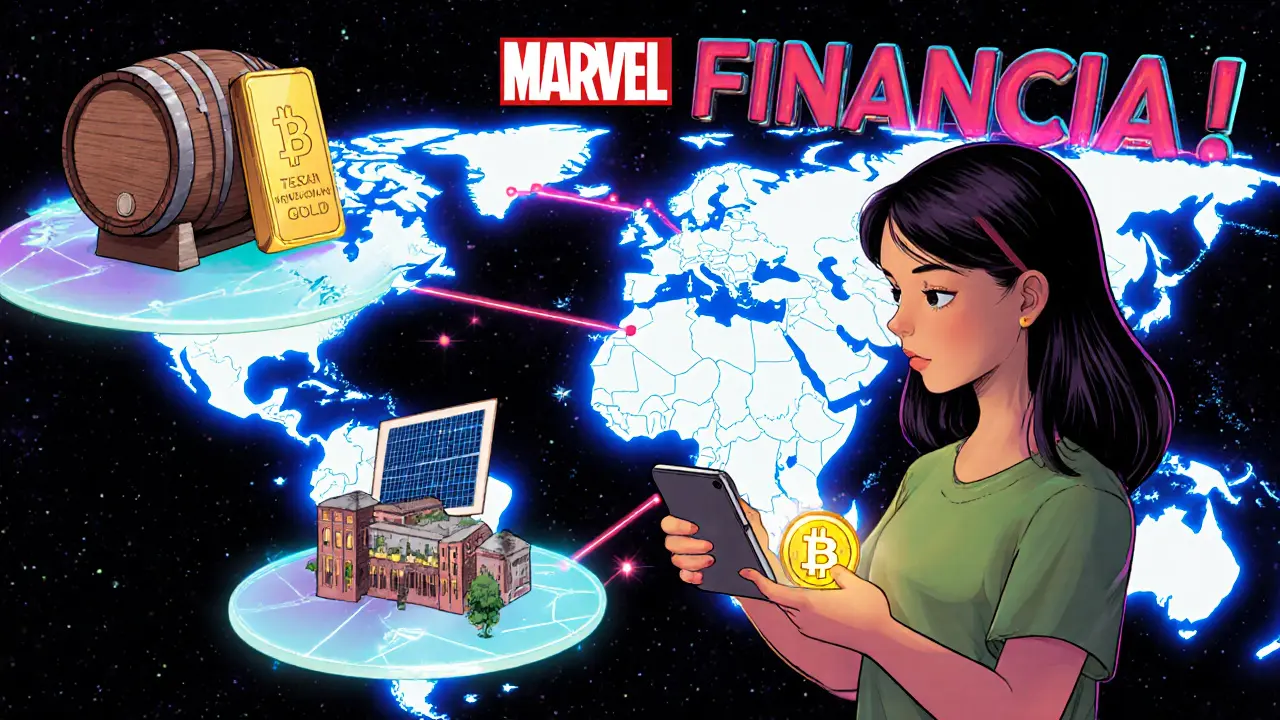
Who’s Doing It Right?
Some real examples are already live:- Brickken - A platform tokenizing commercial real estate across Europe. Investors buy tokens representing shares in office buildings with 10-year leases.
- Propy - Lets people buy property using blockchain. Titles are recorded on-chain, reducing fraud.
- Tokeny - Helps companies issue compliant security tokens for bonds and equity.
- Goldman Sachs - Tokenized a $100 million bond on a private blockchain in 2024, settling it in minutes instead of days.
Even the World Bank has experimented with tokenized bonds. This isn’t fringe anymore. It’s enterprise-grade.
What’s Next?
The market for tokenized real-world assets is projected to hit $16 trillion by 2030. That’s not a guess - it’s based on the total value of illiquid assets like real estate, infrastructure, and private equity that currently sit locked up.As regulations get clearer, expect banks to launch their own tokenized funds. Insurance companies will tokenize claims. Art galleries will sell fractional ownership of Picasso prints. Even your pension fund might hold tokenized solar farms.
The end goal? A world where any asset - anywhere - can be owned, traded, and used as collateral by anyone, anytime, with no middlemen. It’s not about replacing traditional finance. It’s about making it faster, fairer, and open to everyone.
Can You Invest in Tokenized Assets Today?
Yes - but carefully. You can find platforms offering tokenized real estate, gold, or bonds. But treat them like any high-risk investment:- Check if the platform is regulated.
- Verify the legal structure behind the tokens.
- Understand the oracle providers - are they reputable?
- Don’t put more than you can afford to lose.
Start small. Learn how the tokens behave. Watch how the asset performs. Tokenization isn’t a get-rich-quick scheme. It’s a new way to build long-term wealth - one digital share at a time.
What is real world asset tokenization in simple terms?
It’s turning something you can touch or own - like a building, gold, or a piece of art - into a digital token on a blockchain. Each token represents a share of ownership. You can buy a tiny piece of a $10 million property for $100, trade it anytime, and earn income from it - all without a bank or broker.
Are tokenized assets safe?
They’re only as safe as the legal structure and code behind them. If the asset is properly held in a trust, the smart contract is audited, and the data feeds are reliable, they can be secure. But if any part fails - like a buggy contract or a fake data source - you could lose your investment. Always check who’s behind the platform and what protections exist.
Can I tokenize my house?
Technically yes, but it’s complicated. Most platforms focus on commercial properties with stable income, like apartment buildings or warehouses. A single-family home is harder to tokenize because of legal, tax, and liquidity issues. You’d need a lawyer, a blockchain developer, and a regulated platform willing to handle it - and even then, selling small shares might be tough.
How is this different from crypto coins like Bitcoin?
Bitcoin is digital money - it has no underlying physical asset. Tokenized real-world assets represent ownership in something real: land, gold, bonds. Bitcoin’s value comes from belief and demand. Tokenized assets derive value from the real thing they represent - like rent from a building or gold stored in a vault.
Is tokenization legal?
It depends on where you live and what you’re tokenizing. In places like Switzerland, Singapore, and parts of the U.S. (like Wyoming), tokenized securities are regulated and legal. In other countries, it’s a gray area. If you’re investing, make sure the platform complies with local laws - especially around securities regulations. Never assume it’s legal just because it’s on a blockchain.
What happens if the asset gets damaged or loses value?
The token’s value drops with the asset. If a building floods and loses 30% of its rental income, the tokens representing ownership will likely fall in price too. That’s why due diligence matters - you’re not just buying a token, you’re investing in a real asset with real risks.
Do I need crypto to invest in tokenized assets?
Not always. Some platforms let you pay with credit cards or bank transfers. Others require crypto like Ethereum. It depends on the platform. But even if you pay with fiat, your ownership is still recorded on a blockchain - so you still benefit from transparency and 24/7 trading.
Who benefits the most from asset tokenization?
Retail investors - regular people - benefit the most. Before tokenization, only wealthy individuals or institutions could invest in things like commercial real estate, private equity, or fine art. Now, someone with $500 can own a piece of the same asset. It’s financial inclusion powered by blockchain.

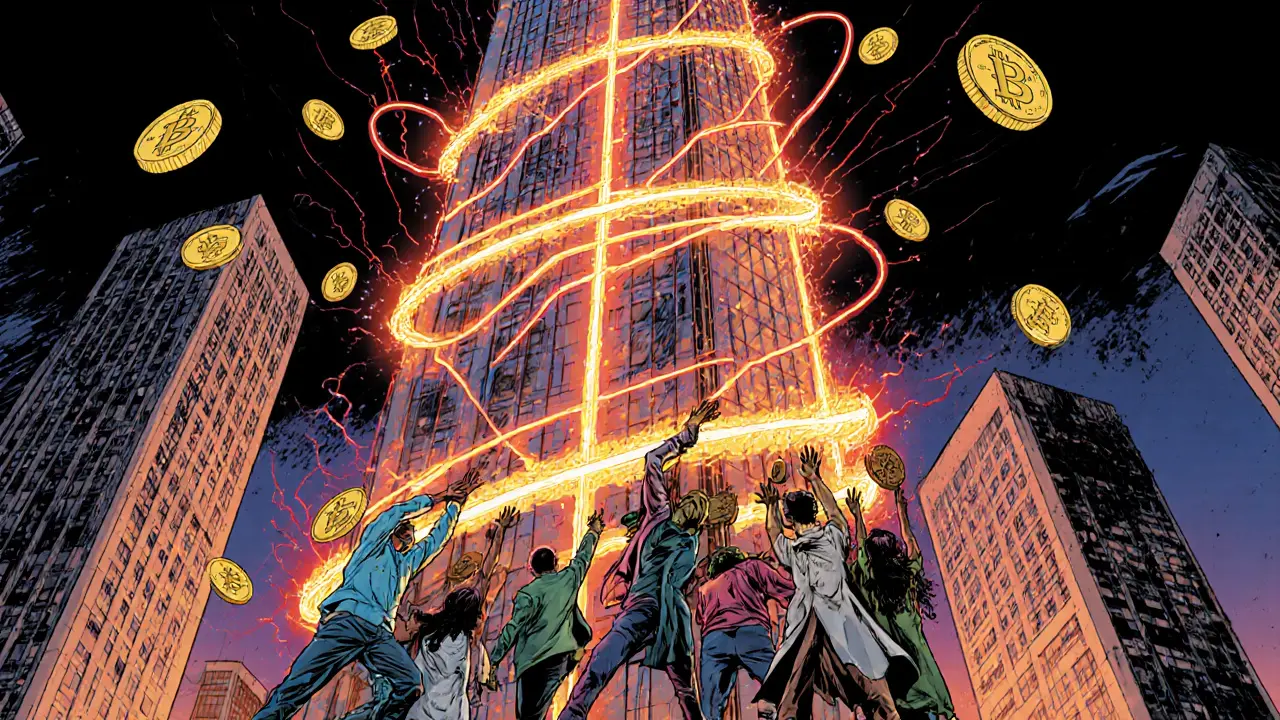
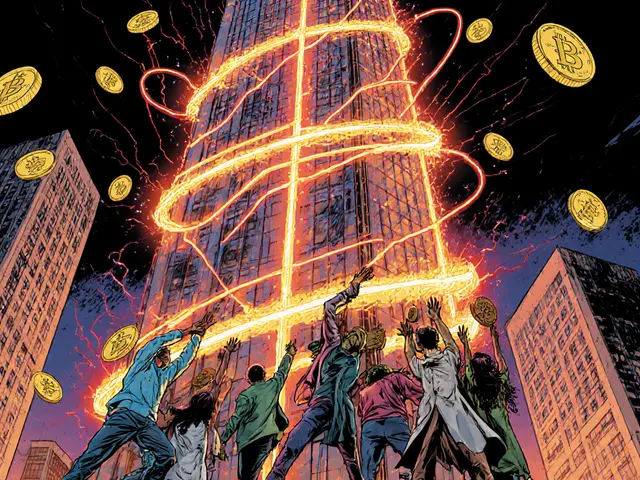
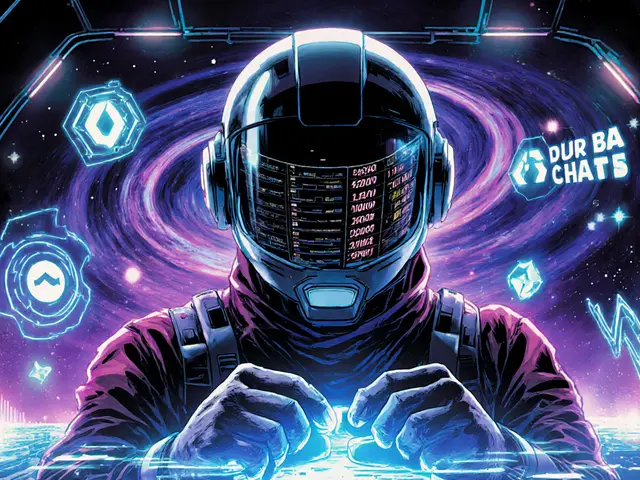

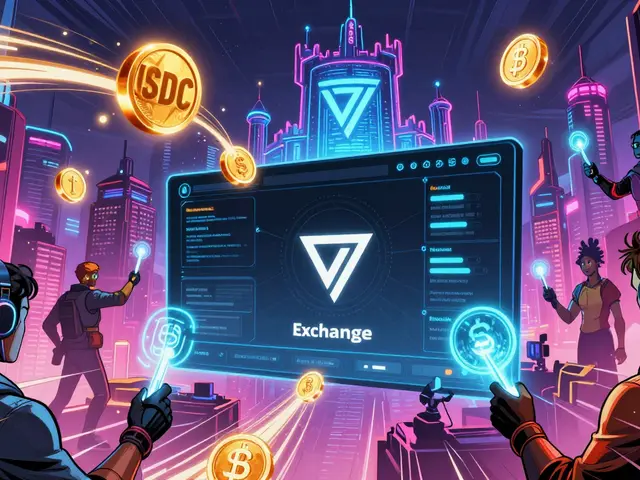
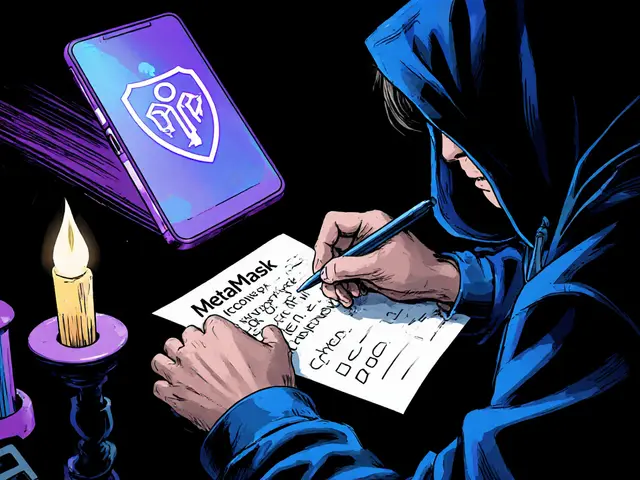
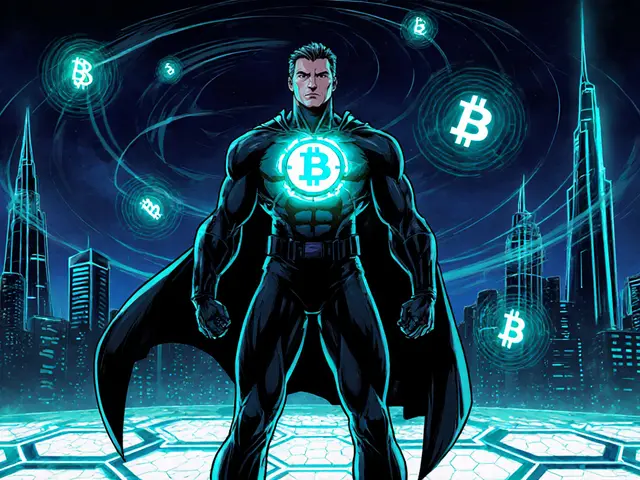
Tokenization is basically democracy for investments. No more gatekeepers. If you’ve got $50 and a smartphone, you can own a sliver of a skyscraper. That’s revolutionary. I’m not even kidding - my grandma just bought a token in a wind farm in Iowa. She’s 72. She doesn’t know what a blockchain is, but she gets the rent checks. That’s the future.
really cool stuff but i wonder how many people actually understand what they’re buying. like, i get the idea but the legal stuff? oracles? smart contracts? most folks just see ‘buy property with crypto’ and click
Don’t be fooled. This is just Wall Street repackaging old assets with blockchain glitter. The risks haven’t changed. The fees just moved from humans to code. And when the code fails - and it will - you’ll be stuck holding digital trash while the lawyers laugh.
Actually, I think this is the most exciting thing to happen to personal finance since index funds. Imagine being able to diversify across real estate, art, and infrastructure without needing a trust fund. It’s not perfect, but it’s the closest we’ve gotten to true financial inclusion. I’ve started small - $200 in a tokenized olive grove in Tuscany. Feels like owning a piece of history.
Let’s not romanticize this. Tokenization isn’t magic - it’s infrastructure. You’re replacing intermediaries with protocols, but the underlying asset still needs to be managed, insured, maintained. The real innovation isn’t the token - it’s the automated compliance layer. That’s what lets you trade a $10M building like a stock. And yeah, the oracles are sketchy. But we’re already seeing institutional-grade oracles from Chainlink and AWS. This isn’t crypto bros anymore. It’s enterprise-grade.
Also - the liquidity point? Valid. But remember: liquidity follows utility. Once 50,000 people own fractional shares of 100 different assets, the market will self-organize. Think of it like eBay in 1999 - no one thought you’d sell a broken toaster for $150. Now? It’s a marketplace.
There’s a quiet philosophical shift here. We’re moving from ownership as possession to ownership as data. A token isn’t a deed - it’s a promise enforced by mathematics. That’s profound. For centuries, property was tied to paper, lawyers, and borders. Now, it’s tied to code, consensus, and global access. We’re not just tokenizing assets - we’re redefining what it means to own something. And that’s not just economic. It’s cultural. It’s existential.
When a child in Nairobi can own a share of a solar farm in Nebraska, the idea of ‘national wealth’ begins to dissolve. Capital isn’t bound by geography anymore. It’s bound by trust in systems. And that’s the real revolution - not the blockchain, but the shift in how we conceive value.
But yes, the regulation mess is real. And the oracles? They’re the Achilles heel. If the building’s occupancy rate is fed by a third-party API that gets hacked, the entire token’s value collapses. We need decentralized oracles. Oracles backed by staked validators. Not just Chainlink - but a network of them. Redundancy is the new security.
I’m not saying this will replace traditional finance. I’m saying it will sit beside it - like a parallel economy. And the ones who thrive won’t be the techies. They’ll be the educators. The ones who explain to grandmas and students that owning a piece of a building isn’t magic - it’s math, law, and trust.
And if we get this right? We won’t just democratize capital. We’ll democratize dignity.
Why are we letting foreigners own our buildings? I’m all for innovation, but if a guy in Mumbai can buy 0.01% of my local warehouse, who’s protecting American assets? This isn’t freedom - it’s economic colonialism dressed up as tech. We need national tokenization laws. Not some Swiss loophole. America should be leading this, not letting it be hijacked by offshore platforms.
THIS IS A SCAM. I’ve seen it before. Remember the ICOs? The ‘revolutionary’ tokens that vanished overnight? This is the same thing. ‘Oh look, a token for a building!’ But what if the building burns down? What if the trust gets dissolved? What if the platform shuts down and your ‘ownership’ becomes a screenshot? People are gonna lose everything. And when they cry, the devs will be on a beach in Bali with their crypto bags. Don’t be fooled. This is the new pyramid scheme with fancy graphics.
And don’t even get me started on ‘24/7 trading’ - you think people are gonna trade shares of a warehouse at 3 a.m.? No. They’re gonna panic-sell when the price dips 2%. Then the bots eat them alive. This isn’t finance. It’s gambling with blockchain branding.
Let’s cut through the noise. Tokenization isn’t about replacing banks - it’s about making them irrelevant. The real power here is programmable ownership. Imagine a rental property that auto-pays dividends to token holders every month, deducts property taxes automatically, and updates its value based on live market data. No human intervention. No delays. No fees. That’s not futuristic - it’s already live on platforms like Brickken.
And yes, the regulation is messy. But that’s because legacy institutions are scared. They’ve spent decades building moats around capital access. Tokenization is the battering ram. The SEC will catch up. They always do - after the market moves. Look at ETFs. Look at online trading. Look at cryptocurrency itself. The regulators always lag. But the people? They’re already ahead.
The real question isn’t ‘is this safe?’ It’s ‘will you be left behind?’ If you’re still waiting for a broker to approve your investment, you’re already in the past.
Let’s be brutally honest: 95% of tokenized assets are overvalued, under-audited, and legally dubious. The platforms are marketing machines, not financial institutions. They show you ‘$5000 for a share in a Manhattan office’ - but they don’t tell you the building is 60% occupied, the lease expires in 18 months, and the oracle is run by a startup with no audited track record. The ‘transparency’ is a lie - it’s transparent only if you know how to read blockchain explorers and legal docs, which 99% of retail investors can’t. This isn’t innovation. It’s predatory financial engineering disguised as progress. And the people who fall for it? They’re not early adopters. They’re the next generation of financial victims.
Also - ‘global access’? Nice slogan. But if you’re in a country without capital controls, good luck withdrawing your profits. The tokens might be global - but your bank account isn’t.
Okay, I’ll say it: I bought a token for a vineyard in Tuscany. And guess what? I got my first payout. $47.23. I cried. Not because of the money - because I OWNED something real. Not a stock. Not a mutual fund. A VINEYARD. 🍇🍷 I sent a photo of the grapes to my token wallet. It’s real. It’s happening. And yes, the contract was audited. The oracle is Chainlink. The trust is Swiss. I did my homework. This isn’t crypto hype - it’s the future of investing. And if you’re not in it yet? You’re not late. You’re just not ready.
Just saw someone mention the liquidity issue - and they’re right. But here’s the kicker: liquidity isn’t created by demand. It’s created by structure. The next wave isn’t just tokenization - it’s tokenized liquidity pools. Think Uniswap, but for real estate. A pool where your 0.05% share of a warehouse can be instantly swapped for a share of a solar farm, a gold bar, or even a music royalty. That’s coming. And when it does? The whole ‘illiquid asset’ problem evaporates. We’re not just tokenizing assets. We’re creating a new asset class with built-in market-making. The future is composability. And it’s beautiful.